May Walking Tour – Five Shrubs from Colorado’s Western Slope
Colorado is home to an array of shrubs. At lower elevations rabbitbrush with sunny yellow flowers brightens the landscape, while Artemisia, with its silvery and gray shades, subdues. In the foothills of the Front Range, familiar shrubs such as wild currant and rose, boulder raspberry, serviceberry, ninebark and waxflower adorn slopes, canyons and open forests. Venture over the Continental Divide to the Western Slope and you will encounter a host of other shrubs with which you may not be as familiar. This tour through Sacred Earth and Dryland Mesa will introduce you to five Western Slope shrubs.
Sacred Earth
Begin this tour at the southeast corner of Sacred Earth. After reading the interpretive sign, enter via the dirt path on your left. At the path’s midpoint look for three shrubs in descending height. The tallest, Cercocarpus ledifolius (curl-leaf mountain mahogany), is densely branched and with small, thick, narrow, leathery downward-curled leaves. These leaf characteristics, adaptations to an arid environment, contribute to the unique beauty of this plant. The flowers lack petals and aren’t showy, but the seeds, which are wind pollinated, have feathery tails. In the wilds of western Colorado, this species is found in pinyon-juniper woodlands.
Turn left onto the sidewalk that skirts the pond. Up ahead on your right, look for a large, rounded shrub, Amelanchier utahensis (Utah serviceberry). If your timing is good, you will see racemes of ruffly white flowers, which are visited by bees and butterflies. Flowers are quickly followed by sweet, purple-black berries that are enjoyed by songbirds. When fall brings cooler temperatures, green leaves give way to yellow, making this a three-season interest shrub. In the wild, Utah serviceberry grows in pinyon-juniper woodlands.
Continue north on the path to the intersection. Up ahead look for a low-growing evergreen shrub, Arctostaphylos patula (greenleaf manzanita), in the lower elevations of Dryland Mesa. California is the center of diversity for Arctostaphylos – The Biota of North America Program (BONAP) lists a mind-blowing 69 species and this does not include subspecies. Colorado only has two species: A. uva-ursi (kinnikinnick), which is common and widespread throughout the northern hemisphere, and A. patula. Both species are also found in California. Sigh. Don’t get me started on the genus Calochortus . . . .
Dryland Mesa
Cross the main sidewalk and enter Dryland Mesa via the stone pathway. On your left, above the Texas madrone, is a member of the hydrangea family, Fendlera rupicola (cliff fendlerbush). I once saw this species as I was driving on a remote gravel road near Paradox, Colorado, and it caused me to brake suddenly. Through the resulting dust, I spied a handsome 6-foot-tall shrub, profuse with 4-petaled flowers, which were glowing white and tinged with pink. When I was back in cellphone range, I immediately sourced the plant for my garden.
Continue to the ridge of Dryland Mesa for the final shrub on the tour, Peraphyllum ramosissimum (wild crabapple). This is a rounded, many-branched deciduous shrub with dark-green, leathery oblong leaves. White-pink flowers, which resemble miniature apple blossoms, bloom in spring, and summer brings yellow-orange pome fruits. A delight to find, wild crabapple grows in pinyon-juniper woodlands or oak groves on mesas and in the foothills of western Colorado. As the only species of the genus Peraphyllum, a native wild crabapple would be so cool to include in your dry garden, if you could only find the plant in the nursery trade!
Finally, on the topic of dry gardens, all species mentioned in this tour would work well in urban and suburban landscapes of the Front Range if sited correctly. Indeed, Western Slope shrubs will add different shades of green and contrasting textures to your garden, in part because of their adaptations to an arid environment. Or, if you are yard-free, look for these species in the wild and you will be rewarded when you stumble upon them. Bonus point: When you do find them, impress your friends and family by rattling off their scientific names. Hint: The accent usually falls on the third-to-last syllable.
Gallery
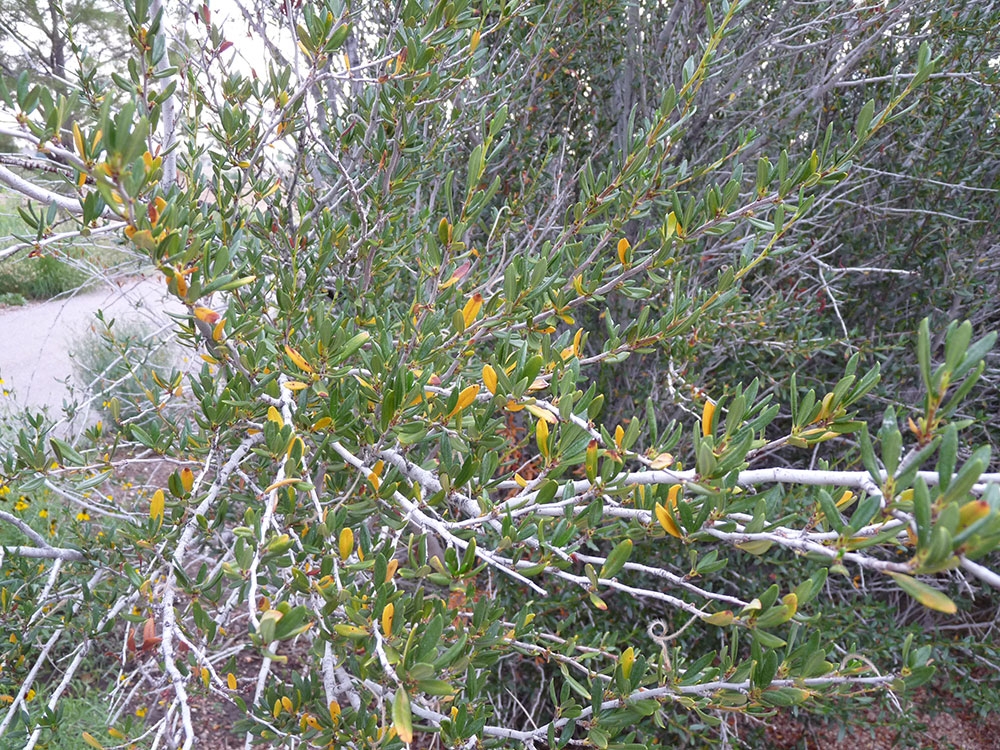
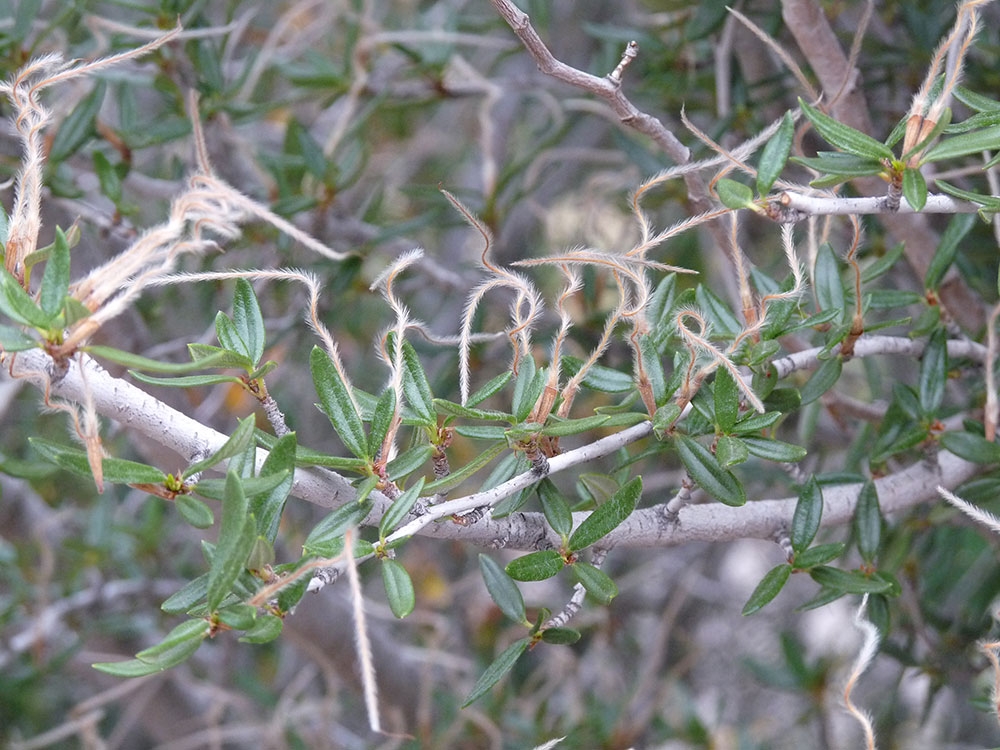
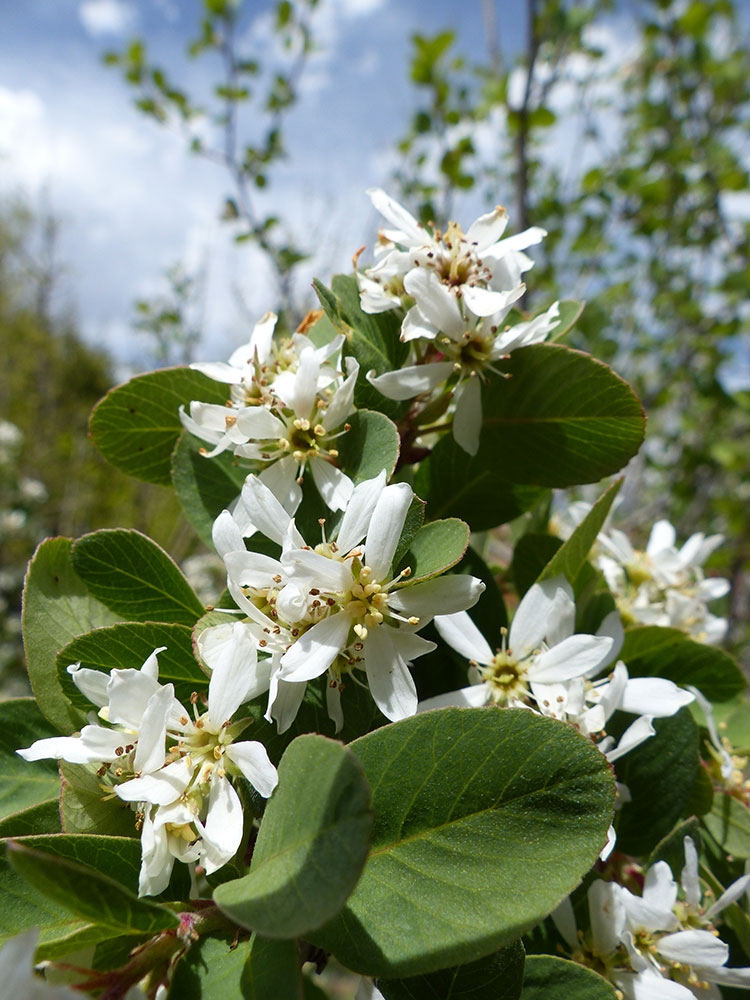
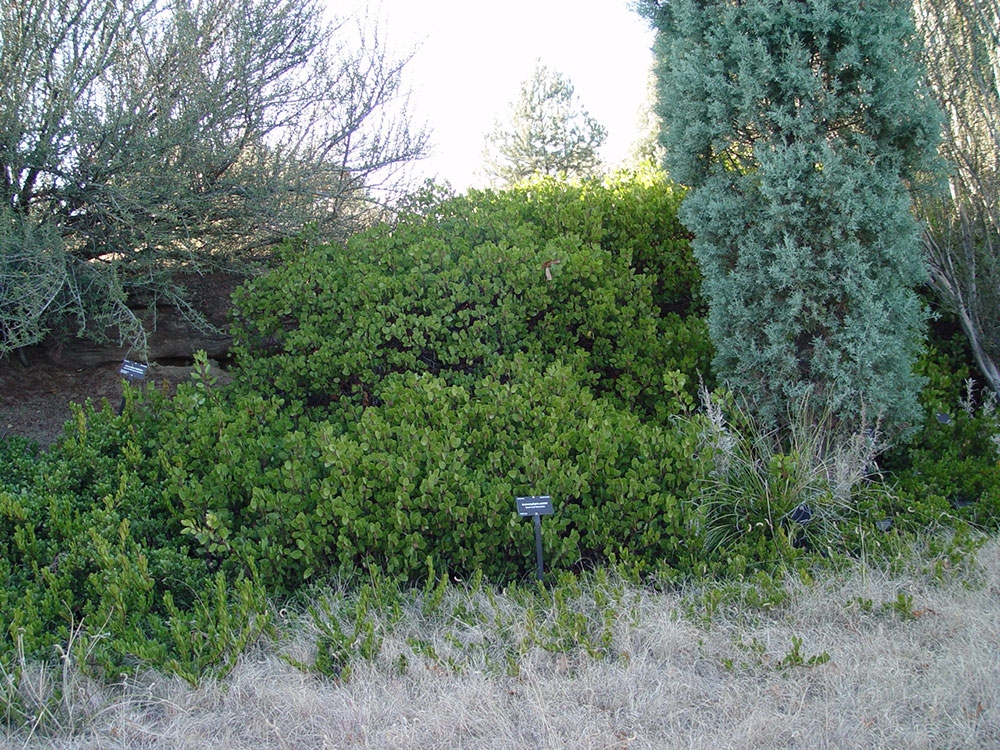
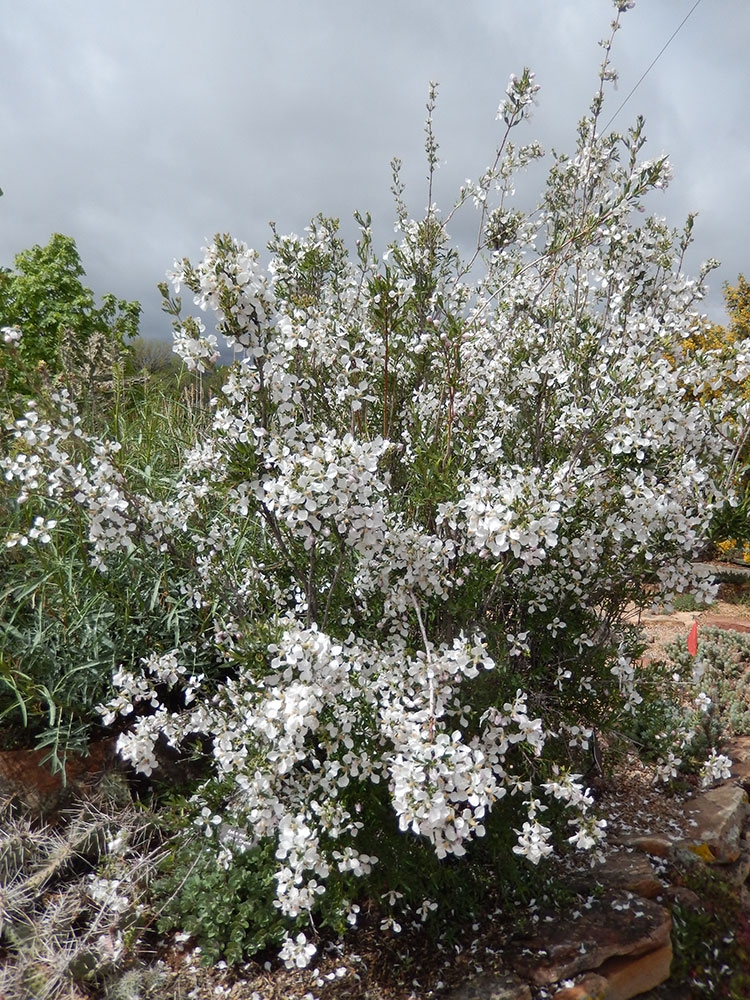
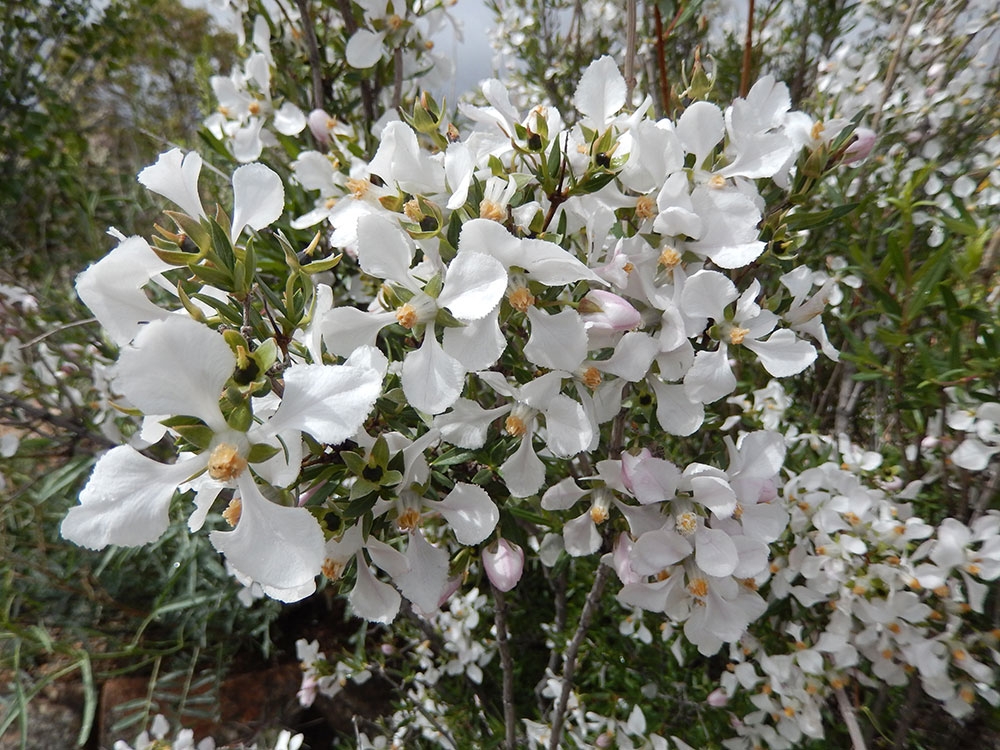
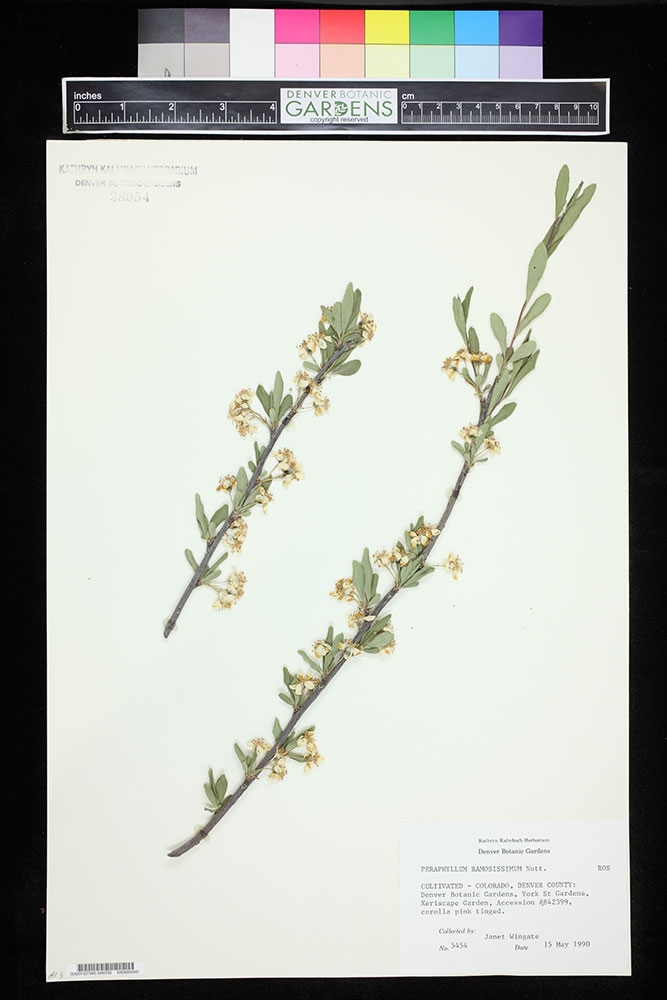
Comments
Great info Jen! I…
Great info Jen! I especially love the Fendlera! Thank you
Thanks, Amy! Fendlera is…
Thanks, Amy! Fendlera is definitely a showstopper when it's in full bloom.
Add new comment